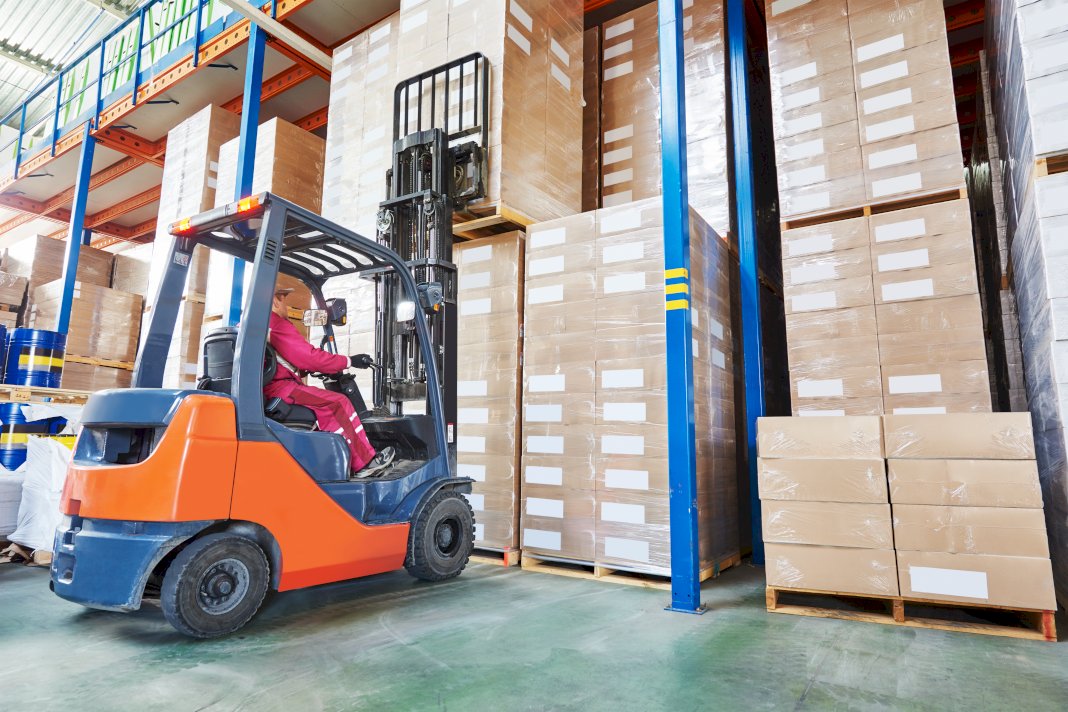- Singapore’s warehouse industry has evolved through automation, the use of reach trucks, RFID, big data analytics, and robotics.
- Automated systems, reach trucks, and RFID technology have significantly increased efficiency and reduced inventory errors.
- Big data analytics provide valuable insights, enabling warehouses to monitor trends, predict demand, and make data-driven decisions.
- Deploying robotics, such as AGVs, cobots, AMRs, and AS/RS, enhances productivity and safety and streamlines operations in Singapore’s warehouses.
Singapore has always been known for being ahead in terms of technological advancements. With such a strong economy, it is no surprise that businesses in Singapore have been investing heavily in state-of-the-art technology to increase efficiency and productivity in their warehouses. This blog will explore the evolution of warehouse technology in Singapore over the years and how it has transformed the industry.

Introduction of Automated Systems
Automating warehouses in Singapore was a gradual process, beginning with the introduction of conveyor belts for moving goods and automated storage systems. Over time, these were replaced with more sophisticated systems such as automated picking robots and guided vehicles (AGVs). With the help of these advanced systems, the time taken to move and store goods has been greatly reduced, leading to a significant increase in efficiency and productivity.
Use of Reach Trucks
A reach truck is one of the most crucial pieces of equipment in any warehouse. These trucks are designed for handling heavy loads. They can move around tight spaces, making them extremely useful for businesses operating in Singapore, where warehouses tend to be smaller and space is at a premium.
With these reach trucks, businesses can move goods around their warehouses more easily, making storing and accessing items easier, thereby reducing the time and costs involved in moving inventory. If you want to find a reach truck in Singapore that suits your business needs, go to a trusted supplier who can provide you with reliable equipment. They can also offer support for your reach trucks, ensuring they remain in good working condition at all times.
Use of RFID Technology
The introduction and widespread adoption of RFID (Radio Frequency Identification) technology has revolutionized how warehouses in Singapore operate. With RFID, businesses can track and trace their products and inventory in real-time, reducing errors, fewer stockouts and discrepancies, and overall better management of inventory and movement of goods in the warehouse.
Integration of Big Data Analytics
With the growth in the volume of data generated by warehouse activity, integrating big data analytics has become necessary to enhance decision-making and streamline processes. Through integrating big data analytics, warehouse managers are able to gain insights into the performance of the warehouse, monitor trends, forecast demand, and make data-driven decisions to improve their operations.
Adoption of Robotics
Singapore is well-known for its investment in robotics and warehouse automation. With the use of robotics, warehouses in Singapore are able to improve efficiency in the handling and transport of goods and people, reducing labor costs and enhancing productivity.
The adoption of robotics in warehouses also helps to improve workplace safety for employees, especially in hazardous work environments. There are many kinds of robots used in warehouses. These four are the most common ones being used in Singapore:
Automated guided vehicles (AGVs)
AGVs are driverless vehicles used for moving goods around the warehouse, making it easier to optimize workflows and increase efficiency. Additionally, AGVs can be equipped with sensors and cameras to track inventory movement and improve warehouse security.
Collaborative robots (cobots)
Cobots are designed to work alongside human workers in the warehouse. They can perform repetitive tasks such as picking, packing, and stacking, freeing up employees to focus on more complex and high-value tasks. Cobots can also improve safety by taking on dangerous tasks that would otherwise be done by humans.
Autonomous mobile robots (AMRs)
AMRs are similar to AGVs but have the added feature of being able to sense their surroundings and adapt to changes in the warehouse environment. This makes them ideal for use in dynamic environments where inventory is constantly moving.
Automated storage and retrieval systems (AS/RS)
These systems use automated cranes and shuttles to retrieve and store pallets or bins of goods. This eliminates the need for manual labor in retrieving items, reducing the risk of errors and improving efficiency.
These innovations clearly show that robotics and automation have greatly transformed the warehouse industry in Singapore, making it more efficient, productive, and safe.
The evolution of warehouse technology in Singapore is a testament to the nation’s forward-thinking mindset and commitment to innovation. As automation, robotics, and advanced technologies such as RFID and Big Data Analytics continue to revolutionize warehouse processes, the efficiency, productivity, and safety of warehouses in Singapore will only improve.
Businesses that adapt and incorporate these technologies into their operations will reap the benefits of increased efficiency, reduced costs, and enhanced competitiveness. In the ever-evolving landscape of warehousing, it is clear that technology will continue to play a pivotal role in shaping the future of the industry.


